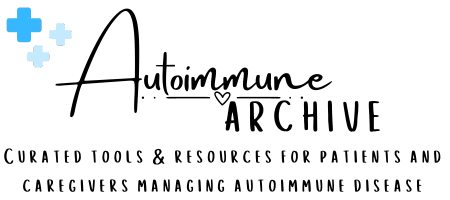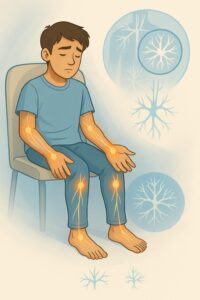Acute Motor Axonal Neuropathy (AMAN) is a rare autoimmune disorder that affects the motor nerves responsible for muscle movement. It is considered a variant of Guillain-Barré Syndrome (GBS) and causes rapid muscle weakness or paralysis, typically starting in the legs and moving upward.
Unlike the more common type of GBS (AIDP), AMAN does not affect sensory nerves—meaning people usually do not have numbness or tingling, just motor weakness.
It often develops quickly after an infection, especially in children or young adults.

